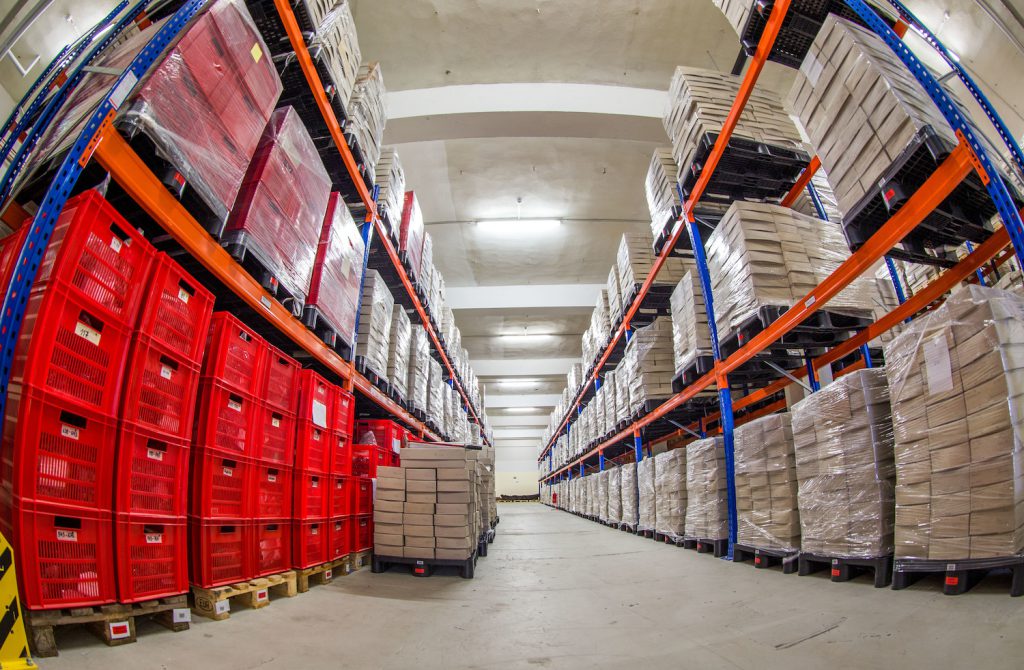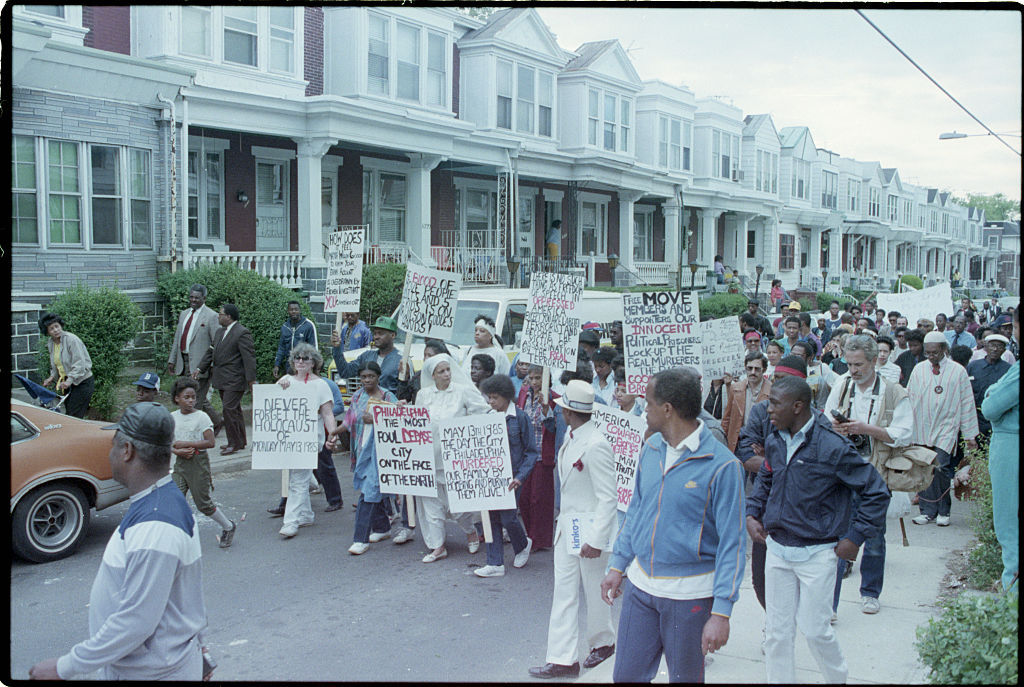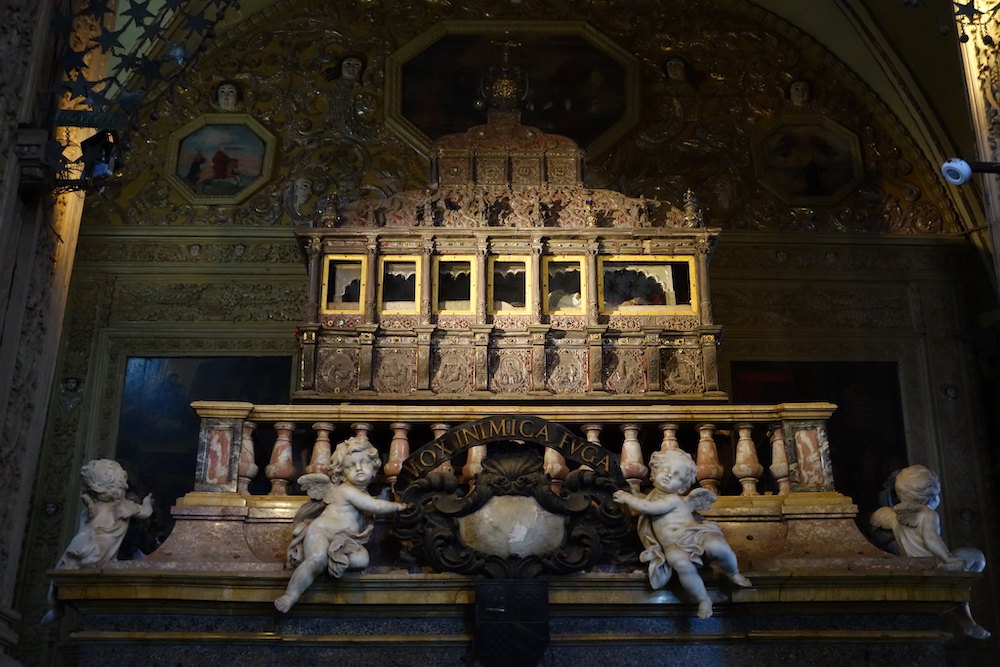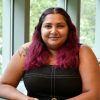Haunted by My Teaching Skeleton

There is something unsettling about being alone in a room putting away human skeletal remains.
As a teaching assistant for an Introduction to Biological Anthropology and Archaeology class at Iowa State University from 2006–2007, I had become accustomed to working with human skeletal material. Nonetheless, when alone with the remains back in the 2000s, I felt anxious.
Could these people be at rest when their remains are housed in boxes in a teaching laboratory and taken out for labs and demonstrations, only to go back to a box on the shelf? Was that laboratory haunted?
To deal with my fears, I talked to the bones—saying hello and greeting them when I took them out; wishing them a good night when I put them back. One of the 12 skeletons in that lab, labeled Number One, spoke to me the most.
I learned from my professor that Number One was known to be female, of South Asian origins (like me), and possibly Pakistani. Other students remarked that she was tiny, but I realized that most of her bones were the same size as mine. Her clavicle was the size of my clavicle; we matched. Her cranial bones were zippered together with a wide dark line, which meant she was a young woman: old enough to have finished growing but too young for the bones to knit together and the lines to soften. Perhaps she had been in her late teens or early 20s. I was 25 at the time.
The human remains were never objects, and they should never have been treated as such. Yet they were.
In anthropology courses, we learned the history of scientific racism, in which some ethnic and racial groups were more likely to become “specimens” for research. We were taught the importance of respecting Indigenous remains and that the lineal descendants of the deceased had the right to determine what happens to their ancestors’ remains through the Native American Graves Protection and Repatriation Act (NAGPRA), a U.S. federal law. We were also taught the importance of treating all human remains with respect. But, in graduate school, we did not address the ethics of using skeletons for teaching when they came from other ethnic or racial groups.
One of the main sources of teaching skeletons in the United States has historically been India. Under British colonialism, skeletons from crematoriums were collected by “bone brokers”: lower-caste people whose job was to dispose of the dead. This led to bones intended for cremation instead being sent on journeys overseas to medical colleges. Though this exploitative trade originated under colonialism, it continued to be legal in India for decades past independence, until the export of human remains was banned in 1985.
Ironically, biological anthropologists, particularly bioarchaeologists and forensic anthropologists, are exactly the same people who have the tools to assess where the skeletons in our collections come from. The issue is whether we are ready to ask those questions, because the answers require dealing with ethical ramifications.
The treatment of the remains of two children killed by the MOVE bombing should be seen as a warning sign that we urgently need to ask and answer these questions for all human skeletons held in teaching and research collections.
In 1985, the city of Philadelphia bombed the house of MOVE, a Black advocacy and revolutionary organization, killing 11 people, including five children. The burned remains of Tree (aged 14) and Delisha (aged 12) Africa, were sent to a University of Pennsylvania anthropologist for identification. Instead of being returned to the family, these bones were shuttled between campuses and eventually used as a case study in a Princeton University online course. This story has only recently come to light, spurring much anger and controversy.
Learn more, from the archive: The Skeletons in the Museum Closet.
Last year, I read about NPR journalists who worked with a high school in Pennsylvania and forensic anthropologists to investigate the origin of a teaching skeleton from an art classroom. Their research showed that this skeleton belonged to a woman from continental Asia, perhaps India, who was 5’2”, died in her mid-20s, and lived from around 1875–1920, right around the height of the export of Indian remains. With just these few facts, the high school principal remarked, “It becomes, you know, a person more than just an object. I think that’s the part that’s like kind of freaking me out a little bit.”
This woman from Asia, like Number One and like every person whose skeleton has been used for teaching or research, were people. They were never objects, and they should never have been treated as such. Yet they were.
Part of the problem is that scientists are often trained to maintain a certain emotional distance from their objects of study, which can be helpful when dealing with sensitive or difficult work. But part of the problem, too, is that White Europeans and their descendants have often historically seen people from other places in the world as less than human.
Many sciences, including medicine and physical anthropology, were built around assumptions of White supremacy. Biological anthropology is still predominantly White, and there has only recently been recognition of the problems caused by a lack of diversity in these fields. Meanwhile, much anthropological research emerged from a focus on studying foreign, non-White, exotic “others.”
The question lingers: How should researchers address this issue?
We can start by promoting projects focused on identifying the provenience of research skeletons. In Australia, anatomists grappling with the question of what to do with South Asian remains have suggested retiring them from teaching and housing them in a memorial. This could provide a respectful way to house remains, while allowing for the possibility of repatriation in the future.
It has been years since I held Number One’s bones in my hands. Today, as a primatologist and human biologist, I have more reason to study the behavior of living primates than human remains. But in the years since I left Iowa, she continues to haunt me.
My parents traveled from India as adults, immigrating to Chicago to build their lives there. In the Catholic traditions I grew up with, burial is important. Remains have significance. The bones of Jesuit priest Francis Xavier, for example, who played a key role in the Portuguese colonization of my ancestors’ homeland, are considered a holy relic. Similarly, in Islam, burial is an important component of laying the dead to rest. There is a good chance that Number One was Muslim. Why was she not buried?
I do not know the details of who she was or how her final resting place ended up being a box in a laboratory. But I know that she had a story. I wish I knew it.

































